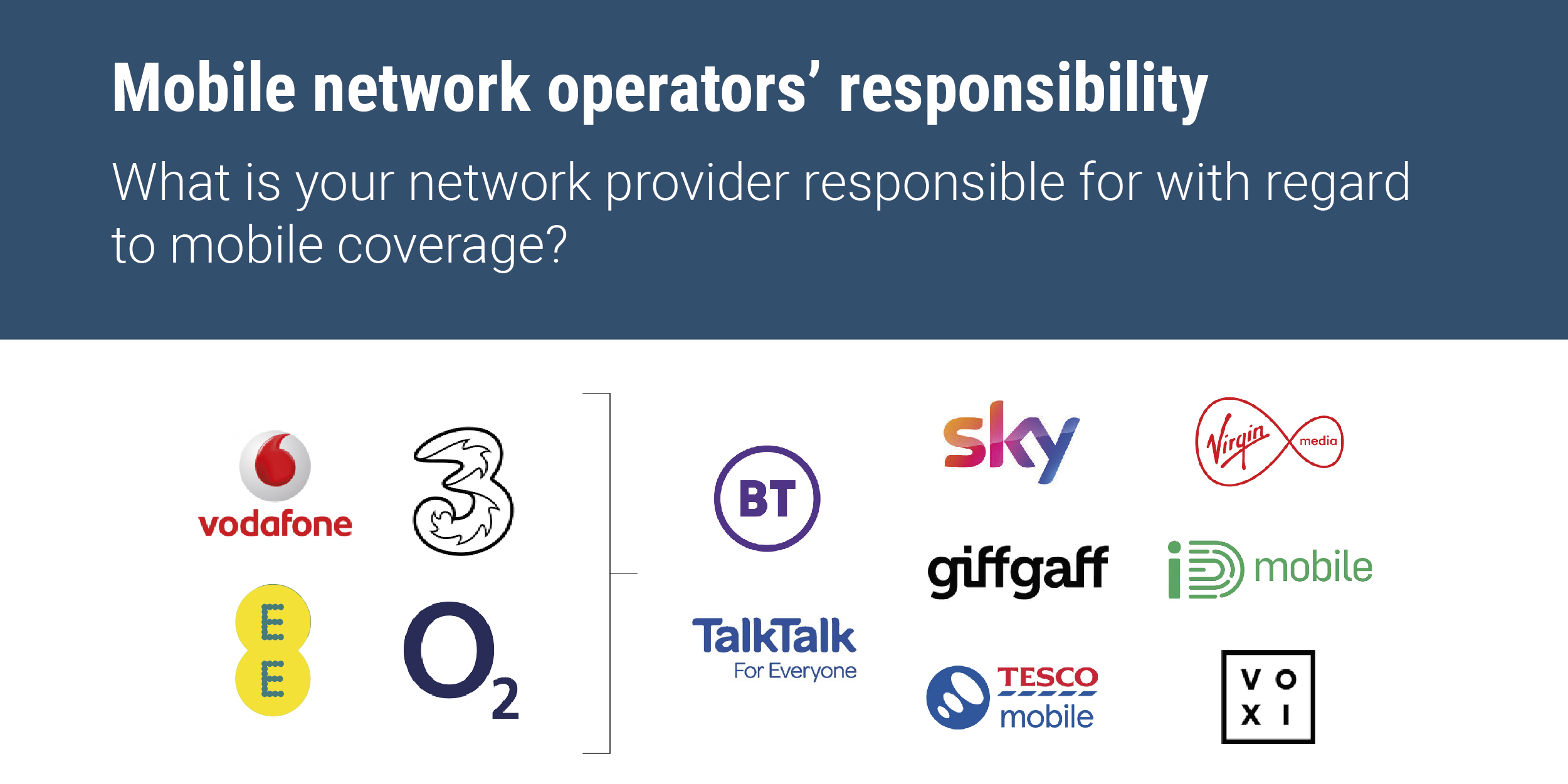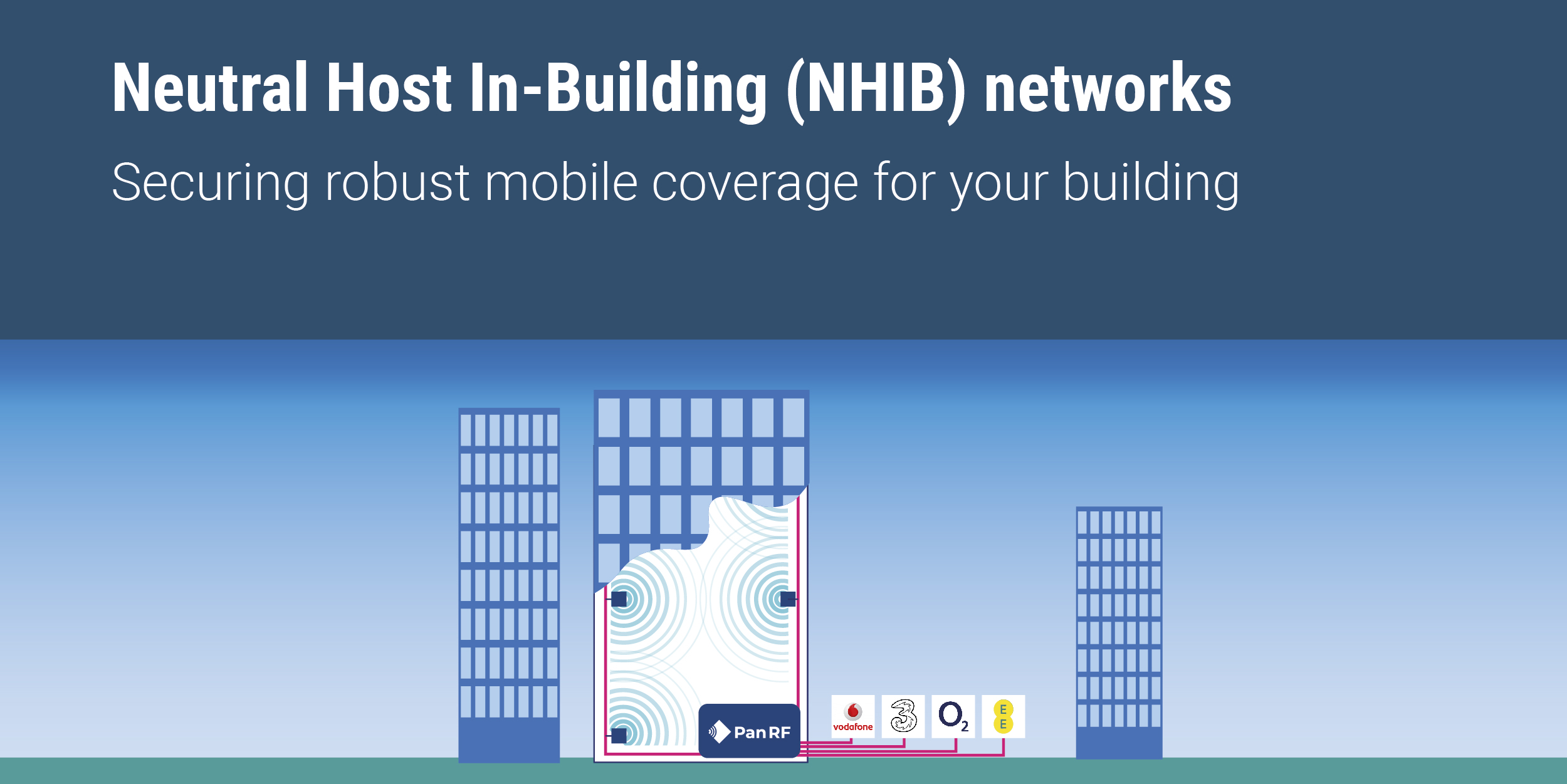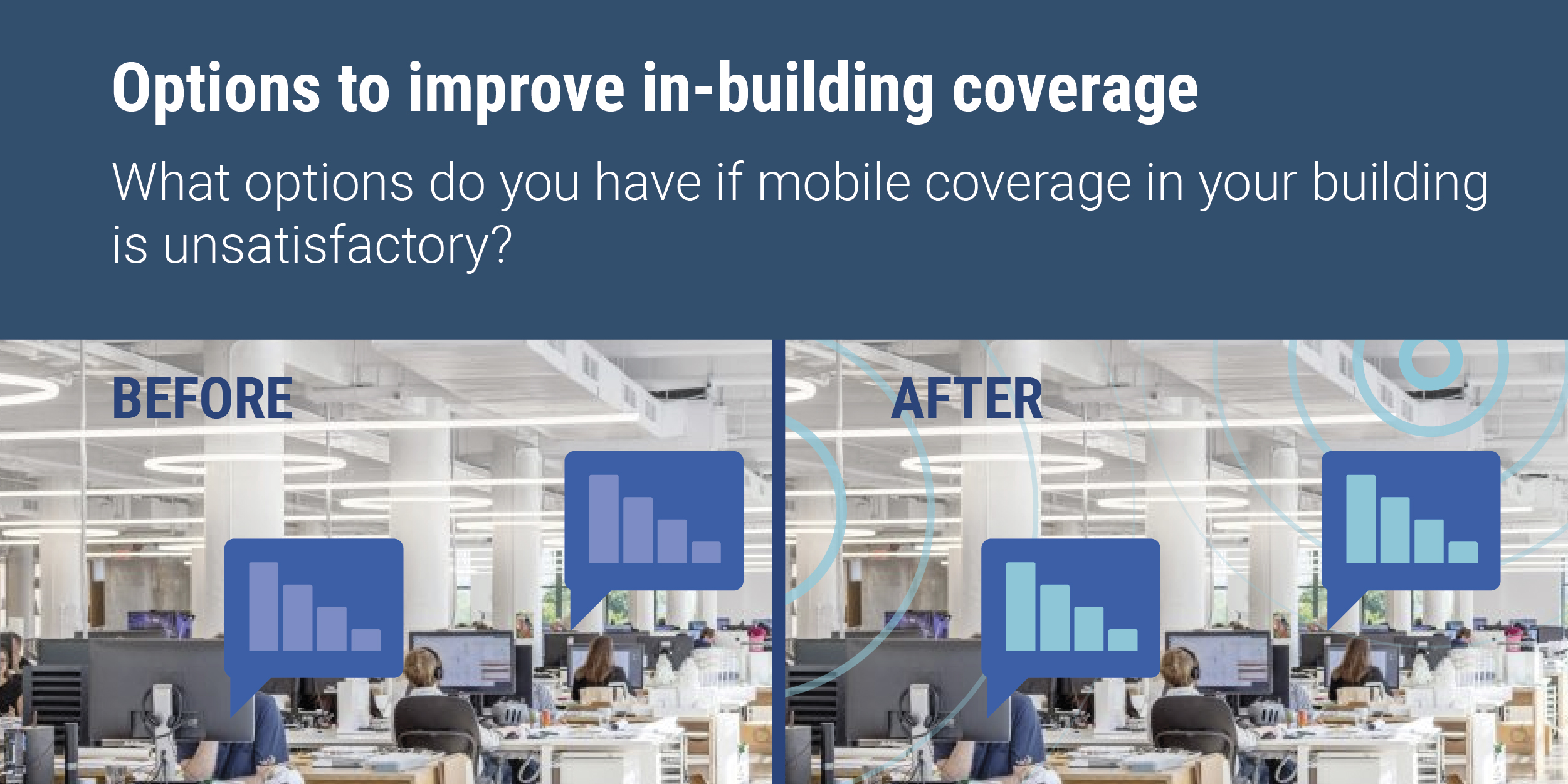INSIGHT
Building Materials and Methods
Building materials’ impact on mobile phone connectivity
MOBILE NETWORK OPERATORS
MNOs have an obligation to provide coverage to 98% of the population
OFCOM
OFCOM carries out regular coverage checks
PROBLEM
Coverage externally does not translate to coverage internally
5G
Coverage will become more of an issue with 5G
To find out more about improving mobile coverage inside your building please get in touch
This is one of a series of articles to help the reader understand, at a high level, the impact building materials have on mobile signal and why mobile phones often do not work inside a building (at least in many areas of the building) and to explain how the materials used in construction are one of the key factors having an impact on mobile phone reception in buildings.
Building Construction
Large commercial buildings are constructed to be functional, ergonomic, aesthetically pleasing, comfortable and, these days, with environmental, social and economic sustainability performance as a key consideration (i.e. to achieve a high BREEAM rating). Commercial real estate must provide both a return on investment for the owners and a suitable space for their tenants’ activities. If the building is more desirable to tenants or their clients / visitors, relative to other similar buildings, this will drive both the lease terms and the valuation of the building.
Owners or operators of high lease value properties will do their utmost to maximise the potential of their assets by creating positive working environments that are comfortable and pleasant for their tenants to occupy. Their efforts extend to providing seamless wireless connectivity throughout, but while the provision of ubiquitous, reliable and fast Wi-Fi is accepted as a well-defined obligation, why is it always a challenge to offer the same high value tenants ubiquitous, reliable and excellent mobile phone connectivity?
The answer lies partly in the supposition that the Mobile Network Operators (MNOs) are responsible for providing ubiquitous mobile phone connectivity. After all, a mobile phone contract is a payment to them in return for providing that connectivity service. However, while the MNOs do provide that connectivity service in most places outdoors and in most people’s homes, in fact they provide connectivity across more than 95% of the country, geographically, it is far more difficult for cellular mobile radio signals to penetrate into large buildings.
In order to provide the same level of positive mobile phone connectivity experience for their high value tenants as would be expected from Wi-Fi, owners or operators of large and high value commercial real estate investments would need to deploy dedicated indoor mobile connectivity solutions in a similar way to deploying Wi-Fi. But why should this be?
Why don’t mobile phones automatically work well inside large buildings?
There are, broadly speaking, three reasons:
1. Materials used in building construction
2. Distance from the cell towers (the network)
3. User behaviour
We will cover the first reason in this article. However, it is useful to understand a little of the basics of radio waves and cell towers (mobile phone masts).
Cell towers are strategically placed to provide the best mobile coverage over the largest possible area, and they emit and receive relatively low-frequency, low-power radio waves (the mobile phone signal). It is a simple fact that a cell tower placed on open land with no obstructions between it and the user of a mobile phone will provide a better radio signal over any given distance than one placed in a built-up area as there are fewer negative impacts on the radio wave, i.e., less clutter to absorb, reflect or refract the mobile radio signals. This is why, in built-up areas, many more cell towers or rooftop sites are needed to cover the same area as one cell tower in open land. This increased cell tower density also relates to the number of mobile phone users in the given area, but we will not deal with that point here. As a general rule, your mobile phone will have better reception outdoors than indoors, if you are closer to the cell tower and if you have an unencumbered line of sight to the tower.
Modern Building Methods and Materials
Large modern buildings are constructed using materials that are strong, modular, prefabricated and easy to transport, consisting of concrete, steel and glass with insulation, finishes and coatings designed to be environmentally friendly, conserve energy and limit heat and light transfer.
The modern building’s core is made of re-enforced concrete and each floor is bolted to the core and covered with insulation and quick-set concrete. The building is then clad in glass and in no time, it is weather tight.
Radio Waves and Modern Building Materials
The problem for mobile cellular radio wave penetration into these types of large modern buildings is that many of the materials used in the construction or for providing environmentally compliant finishes, severely block or attenuate (lower) the energy (power) in the radio signals (see the table below), resulting in very significant loss in signal levels.
Low-emissivity glass (low-e glass), for example, is designed to limit the heat transfer through the window from outside to inside by limiting the solar energy transferred as light.
Radio frequencies are affected in the same manner as visible or ultra-violet or infrared light frequencies, so a window that results in a diminution in light energy would also result in an attenuation of the energy in a radio wave.
Almost everything in modern building construction either reflects, absorbs, refracts or diffracts radio signals and creates a complex effect that attenuates incoming cellular radio signals by as much as 60 to 99.99% (e.g. 4dB attenuation equates to 60% signal loss, while 40dB attenuation to a 99.99% signal loss) . The result is that there is usually very little usable signal left inside most of the building.
| Material | Location | Impact on 4G
(dB and Impact on reception – High / Medium / Low) |
Impact on 5G
(dB and Impact on reception – High / Medium / Low) |
| Low-e glass
Double glazing |
Outer skin of building
|
20 to 40dB, Impact High
4dB, Impact Low |
>40dB, Impact High
6dB, Impact Low |
| Steel | Outside
Inside |
>40dB, Impact High
>40dB, Impact High |
>40dB, Impact High
>40dB, Impact High |
| Concrete | Inside and Outside | 23dB, Impact High | >30dB, Impact High |
| Stone | Outside | 23dB, Impact High | >30dB, Impact High |
| Wood | Inside (cladding / doors) | 7dB, Impact Low | 12dB, Impact Medium |
| Brick | Outside (Heritage stone or brick)
Inside |
7dB, Impact Low
4dB, Impact Low |
12 dB, Impact Medium
7dB, Impact Low |
| Drywall partition | Inside | 6dB, Impact Low | 10dB, Impact Medium |
| Glass partitions (sound proof offices or meeting rooms) | Inside | 6dB, Impact Low | 10dB, Impact Medium |
| Safe rooms / Blast proof rooms / Server rooms[1] | Inside | Impact High – Radio Frequency will not penetrate | Impact High – Radio Frequency will not penetrate |
[1] Due to the quantity of materials attenuating the radio frequency, these rooms are effectively Faraday cages (an antenna must be placed inside as the cellular radio wave will not go through the walls).
Today, the main device we rely on to communicate outside of our building is our mobile phone and the phone reception is usually guaranteed to be poor in a large modern building. Day-to-day this might manifest itself as poor quality voice calls or the inability to receive calls or a “temperamental” mobile data network connection (sometimes it will work, but not all the time).
Penetration Losses Vary with Frequency
When 2G mobile phone networks were first rolled out in the UK, the MNOs acquired radio frequency spectrum in the 900 MHz band, with the benefit of this frequency band being that it was fairly robust at medium distances. This allowed the MNOs to cost-effectively deploy mobile networks that could provide coverage to 98% of the population in the UK.
As the demand for mobile phones increased, more frequency bands were made available at auction and the MNOs expanded their services to provide mobile voice, instant messaging and eventually broadband internet data and video, using 2G, 3G, 4G-LTE and now 5G technologies across a much wider radio frequency spectrum from 700 MHz to 3,500 MHz.
There are different use cases for each frequency band and each technology. However, the frequency bands come with trade-offs which affect mobile coverage and connectivity. While the 900 MHz band was initially ideal for large geographic coverage and fairly good for penetrating into buildings, very little signal bandwidth is available so it would never be suitable for anything other than voice calls or very low data rate transmissions.
On the other hand, the uppermost 4G-LTE band is at 2,600 MHz. The great advantage of this band is that much more signal bandwidth is available, allowing very high data throughput transmission rates for the MNOs that use this band. Conversely, however, 2600 MHz does not have much geographic range and is very poor at penetrating into buildings.
In radio propagation, a radiating mobile signal loses power at a rate proportional to the square of its frequency, meaning that as we increase the frequency the signal power falls off exponentially, drastically reducing the maximum distance a signal can travel and still be usable. This effect is exacerbated by the penetration losses through modern building materials also increasing with frequency, meaning frequencies above 1,800 MHz, such as the 4G-LTE signals at 2,600 MHz, stand little chance of penetrating into a modern building from an outdoor cell tower and still being usable. In cities and urban areas, 5G is now being deployed at even higher frequencies, 3,500 MHz, and this will suffer even higher penetration losses.
We need the high signal bandwidths in order to deliver the full benefits of today’s mobile communications, but these bandwidths and services are mainly only available at the higher frequencies, so we have to understand and accept that relying on these services penetrating large, modern, commercial real estate from the outdoor cell towers will come with unacceptable trade-offs. Unless choosing poor mobile connectivity is a deliberate decision, a building with poor mobile phone reception[1] is often a significant negative issue for staff and visitors.
[1] Part(s) of the building with differing levels of mobile phone issues depending on construction materials, location in building, time of use, number of users in the building and the usage of cell towers in the area.
This article has attempted to clearly explain the role that both building materials and radio frequencies play in determining the level of external signal penetration into a modern building and concludes that these are physical constraints that can only be overcome by deploying a dedicated in-building mobile connectivity solution.
Related Posts

Mobile network operators’ responsibility
The problem with coverage and MNO responsibility

Neutral Host In-Building Networks
Private Cellular Networks (PCNs) are the ultimate business continuity communication system.

Options to improve indoor mobile signal
What options do you have if mobile coverage in your building is unsatisfactory?




